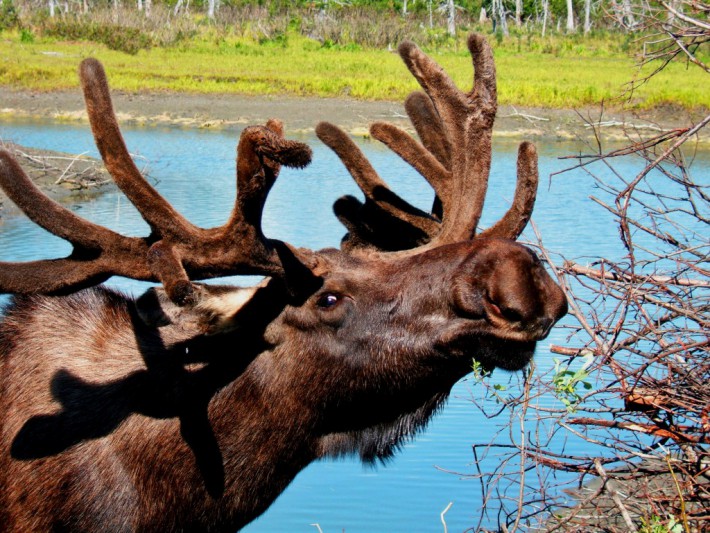
High value projects present potentially financial, operational and legal risks. What can we learn from a deep-water port in Alaska, regarding the way we approach these type of projects?
The U.S. Department of Transportation has shed light on the development and modernisation of the Port of Anchorage, and comments on the other projects at Hawaii and Guan.
The results of the audit, in brief, were that MARAD (Maritime Administration) did not:
- establish effective oversight mechanisms when it initiated its port infrastructure development responsibilities
- adequately define its port project oversight responsibilities or provide guidance to contractors for developing program management plans
- establish a sound risk management process consistent with industry best practices
- have a process to systematically store, maintain, and track project progress and funds
For example, MARAD did not develop a risk management process for the Port of Anchorage project until almost seven years after the project began.
What is the bottom line?
Between 2003 and 2011 the Port of Anchorage’s project’s cost estimate grew over four and half times from $211 million to $1 billion, with scheduled completion time slipping eight years.
Staggering by any standards!
The report states that MARAD settled two claims with the contractor for the Port of Anchorage project for $11.3 million. These claims cited problems such as changing contract requirements, delayed work and an alleged detective design. There is nothing novel about the contractor’s claim. Indeed, some contractors are expert at generating claims; taking advantage of any loopholes in a contract or inadequate supervision of projects (these comments make no allegations regarding the above projects).
The MARAD acquisition plans received comment about a budgeting statement:
“it is anticipated that the annual costs for environmental/design engineering, and construction efforts will vary between $10 million and $30 million.”
Obvious questions include:
- Why this enormous gap?
- Where was the detail of the estimates?
- Who tested the estimates?
- Who signed them off?
Events in Alaska certainly suggests some quiet reflection on the knowledge, skills and behaviour of your own key people.
Two questions to inform your thinking:
1. How will this Alaskan story change the way you approach High-Risk High-Value projects?
and related to that
2. How are you enabling and equipping your people to assess the risks impacting your organisation?
If you’ve got any questions or comments, be great to here from you.
Thanks
RAy
PS the photo is of an Alaskan Moose :)
www.Procurisk.com – The evolution of risk management
For more information and instant access to the free demo site please contact Ray Gambell on 01744 20698, or [email protected]
Interested in insight on managing supplier performance? We recommend reading: “Contract Management failures again?”
To meet the needs of thoughtful people, Brian Farrington’s “Think Procurement.” can be sent straight to your inbox – exclusive advice and tips on procurement, risk and negotiation.
It’s free. See bottom of the page for a quick and easy sign up.

